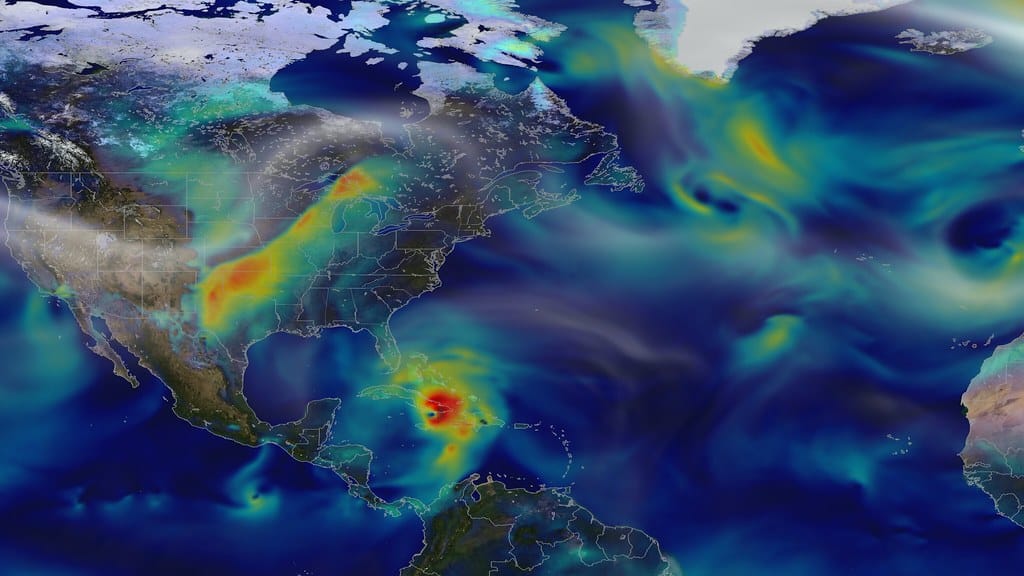I consider it a privilege to be a member of the NOAA group that discusses weather computer model updates every couple of weeks. I’m a weather dork and to me, these are fascinating topics and I am excited about this one.
Recently the NOAA group discussed AI models for the first time openly.
Ever wonder how meteorologists predict the weather? Well, the process might be getting a major upgrade! The National Oceanic and Atmospheric Administration (NOAA) just took their first look at a fascinating new artificial intelligence weather forecasting tool.
What’s This New AI Weather Tool?
Imagine having a super-smart computer that can learn from decades of weather patterns to predict future weather. That’s exactly what this new tool, called MLGEFS, does. While NOAA didn’t create it, they’re interested in seeing how it works. Here’s what makes it special:
- It can create detailed weather forecasts every six hours
- It looks up to 16 days into the future
- It doesn’t just make one prediction – it makes 31 different versions of the forecast to better handle uncertainty (kind of like getting multiple expert opinions!)
How Well Does It Actually Work?
NOAA tested this AI tool for a month, comparing it to their current forecasting systems. They paid special attention to how well it could track hurricanes—something we all care about during storm season. They even tested it with Hurricane Helene as a real-world example.
Think of it like test-driving a new car – NOAA wanted to see how this AI performs in all conditions before considering it for regular use.
So What is the Science Behind the Magic?
To make accurate predictions, this AI system learned from massive amounts of historical weather data – like having access to a huge library of past weather events. It used powerful computers (including 8 specialized processors called GPUs) to process all this information, similar to how your brain learns from past experiences.
Better weather forecasts could mean:
- More accurate predictions of severe weather
- Earlier warnings for storms
- Better planning for everything from weekend activities to travel
- Improved safety during extreme weather events
This doesn’t mean traditional weather computer models are going away.
Here’s an important point: NOAA isn’t planning to replace its traditional forecasting methods. Instead, they’re looking at using this AI tool alongside their existing systems – kind of like having both a GPS and an experienced local guide when exploring a new city. Each has its strengths, and together they can provide better results.
This evaluation by NOAA is just the beginning. As AI technology continues to improve and we gather more weather data, our ability to predict weather patterns could become even more accurate. This means better forecasts for everyone – whether you’re planning a wedding, a baseball game, or just wondering if you need an umbrella tomorrow.
The future of weather forecasting looks exciting, combining the best of traditional science with cutting-edge AI technology. While we’re not quite at the point of perfect weather predictions, we’re moving in the right direction!

